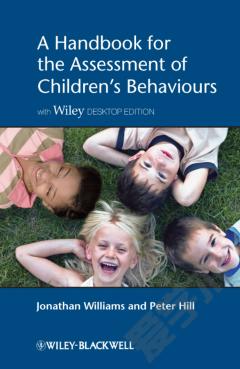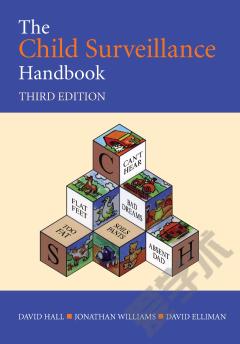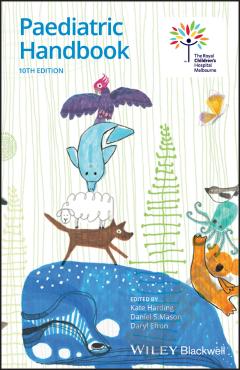Positive Child Guidance
Positive Child Guidance outlines practical, workable steps for creating a cooperative, respectful community of children and adults. Behavior modification is addressed, not as the foundation of child guidance, but as a single, carefully placed stone in a solid structure of active guidance. Maturation is addressed, not as an excuse to relinquish responsibility for child behavior, but as a powerful tool for understanding and responding appropriately to various stages of child behavior. The method presented is one of assertive and respectful enforcement of cooperatively developed rules and persistent protection of individual rights. Aggression, passivity and manipulation are identified as hindrances to positive child guidance, as they trigger negativity, even rebellion, in children. In this text, the role of the adult is that of one who seeks not to gain control over children but rather to guide them effectively while setting for them an immediate and tangible example of appropriate coping and assertive negotiation. In this child guidance model, the adult not only guards the safety and individual rights of children but also stimulates their development of inner control by creating a functioning democratic community of children and adults. The author portrays a lively, poignant, warm and very human look at the process of adults guiding, managing, and coping with children's behavior-and children trying to deal with their own emerging needs and feelings, as well as with persistent adult expectations. Positive Child Guidance is presented in a very readable format and is even funny at times. However, it is based on a solid theoretical foundation drawn from the empirical study of social and emotional development in infants, toddlers, and young children.
{{comment.content}}








 京公网安备 11010802027623号
京公网安备 11010802027623号